Review Summary
Expert Rating
iQOO is not one of the brands to launch a lot of phones in a year, but the ones that it does come out with are typically quite impressive. The iQOO Z7 5G is only the third phone from the brand to launch in India this year, after the iQOO 11 5G (review) and iQOO Neo 7 5G (review). These two received praise from us for their stellar performance, 120W fast charging, and capable cameras. The iQOO Z7 5G is the newest phone from the brand and a successor to last year’s iQOO Z6 5G. It is more affordable than the other two, with a starting price of Rs 18,999. Compared to the iQOO Z6 5G, the iQOO Z7 5G comes with several improvements under the hood, although the design might leave you wanting more. Let’s break it down further, shall we?
Verdict
The iQOO Z7 5G’s screen design looks a tad dated due to its waterdrop notch and thick chin, and the phone can do with some improvements in terms of its low-light photography prowess too. That said, it scores in other aspects like performance, battery and daylight shooting… making it a capable option to consider below the Rs 20,000 mark.
The lowdown
- The iQOO Z7 5G definitely looks like a successor to the iQOO Z6 5G from the outside. The design language is largely similar with some minor tweaks here and there. There’s a large rectangular module present on the back panel to house the camera sensors and LED flash. The rear panel has a matte finish and is completely flat, as are the sides of the frame. Overall, it’s a solidly constructed device that will not bend and break easily, and yet it is wonderfully lightweight at just 173 grams.
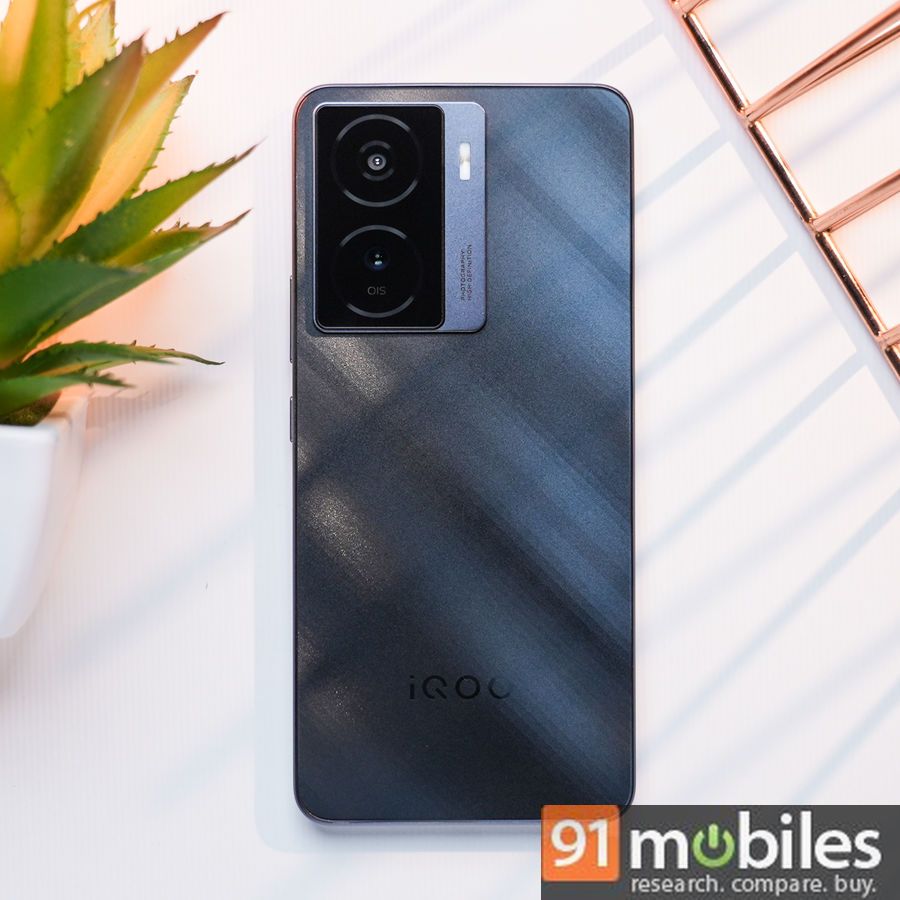
- Coming to the display, I have some mixed opinions. On the one hand, iQOO is offering a nice AMOLED display with an acceptable 90Hz refresh rate and FHD+ resolution. However, the display itself looks rather dated due to a deep waterdrop notch and a thick chin. But if you can look past that, the display panel itself is decent. You’ll see attractive colours and deep blacks, as one might expect from an AMOLED panel. You’ll be satisfied with how the screen looks for general day-to-day browsing. The phone also gets adequately bright under sunlight, so no problem there.
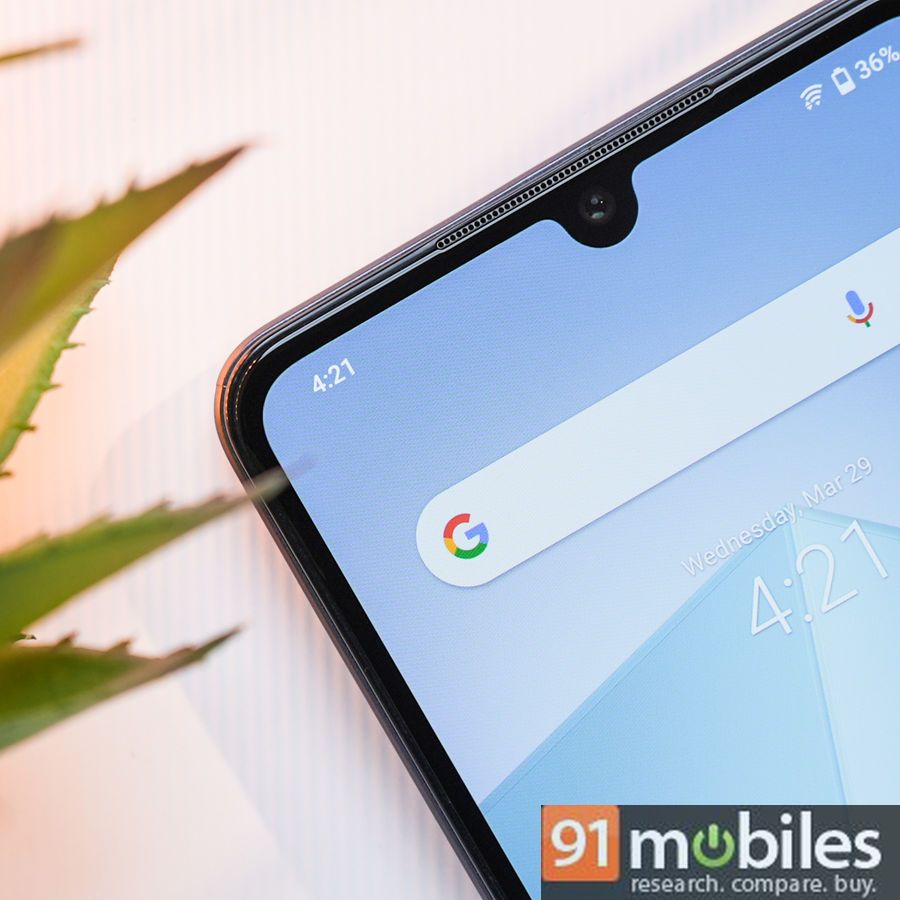
- The iQOO Z7 5G’s display is appealing for watching movies or TV shows, and the Widevine L1 certification means you’ll be able to stream content in HD from services like Netflix. But your viewing experience might get hampered at times due to the thick bezels, deep waterdrop notch, and the lack of stereo speakers. The Redmi Note 12 5G is a solid alternative for media consumption as it comes with a 120Hz Super AMOLED display, but it too lacks stereo speakers. The newly-launched OnePlus Nord CE 3 Lite 5G does come with stereo speakers but lacks an AMOLED panel. So, you’ll find some trade-offs in this segment.
![]()
- A 64MP primary camera with OIS handles the bulk of the photography on the iQOO Z7 5G. It is accompanied by a 2MP bokeh camera. The waterdrop notch on the front houses a 16MP sensor. The iQOO Z7 5G comes with a variety of shooting modes, including Portrait, Pano, Night, 64MP, Slo-mo, Time-lapse, Pro mode, and Dual View, among other things.
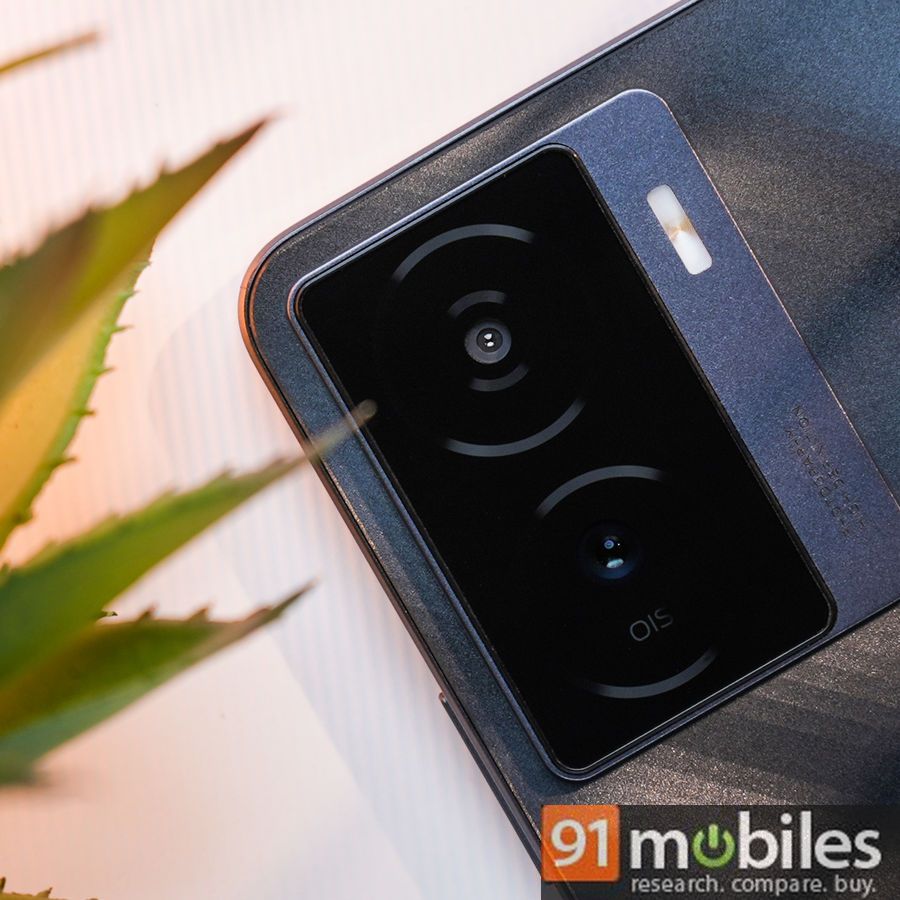
- Talking about the camera performance of the iQOO Z7 5G, you will be able to capture some crisp and detailed daylight shots through the 64MP main camera. The OIS support ensures that both photos and videos come out as stable as possible, and colours look good (if not a tad oversaturated) on the AMOLED panel. That said, the camera’s stabilisation starts showing some gaps when you take photos indoors under ambient lighting or at night. The bokeh camera can capture some passable portrait shots but don’t expect Pixel-level edge-detection here. Meanwhile, the 16MP selfie camera does a decent job with colours and skin tones, although iQOO has tuned its algorithm to smoothen facial features while oversharpening other aspects like hair.
- Powering the iQOO Z7 5G is the MediaTek Dimensity 920 chipset paired with either 6GB or 8GB RAM. It is a faster chipset compared to the Snapdragon 695 SoC that powered the iQOO Z6 5G and our benchmark tests suggest the same. The phone performed better in benchmark tests compared to its predecessor, scoring over 5,00,000 in AnTuTu and 2409 in Geekbench multi-core test. And this improvement in performance can be seen in real-world usage as well. The iQOO Z7 5G feels rather smooth to use out of the box, as general browsing and switching between apps were largely lag-free.
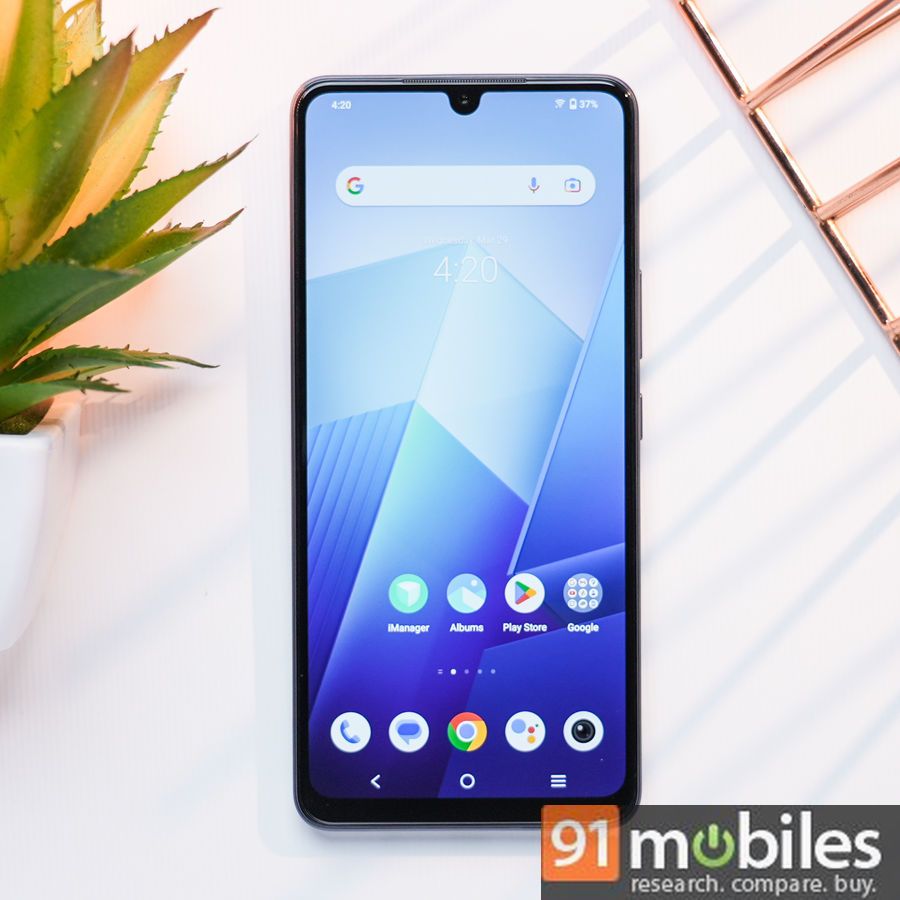
- The iQOO Z7 5G edges out the OnePlus Nord CE 3 Lite in performance, as the latter is also powered by the Snapdragon 695G chipset. A quick side-by-side comparison showed the iQOO Z7 handling UI transitions and multitasking better than the OnePlus phone. While both phones are powered by 2021 chipsets, I reckon that the iQOO phone will age better than the Nord CE 3 Lite. That said, the iQOO Z7 5G should be considered only if you’re a looking for a basic usage phone for some media consumption and texting and not as a gaming device.
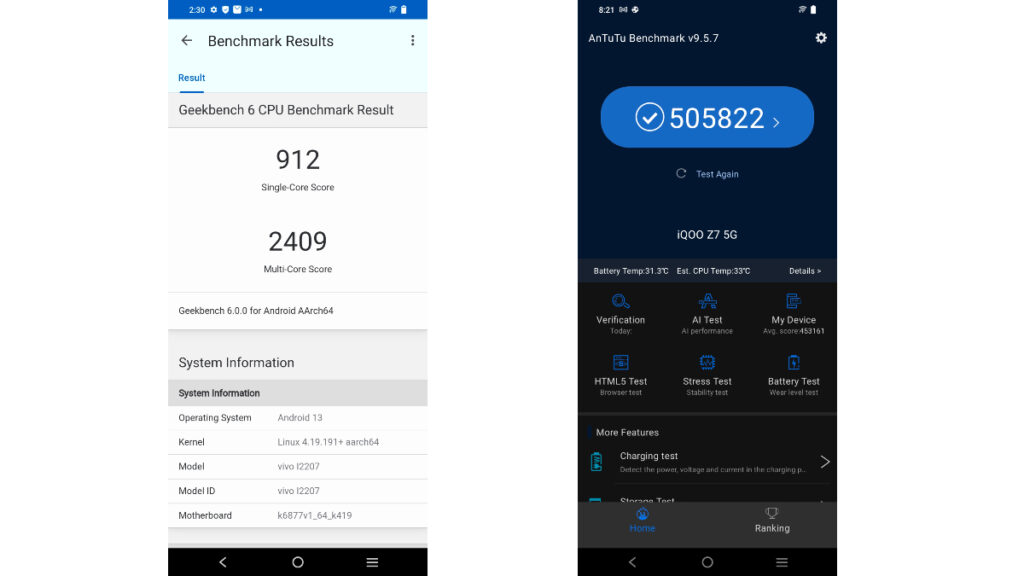
- On the software side of things, the iQOO Z7 5G ships with Android 13 with Funtouch OS 13 on top. Don’t expect clean software here as the phone ships with tons of bloatware. By that I mean you will see several pre-loaded apps like Snapchat, Byjus, Josh, Moj, and more. You will be able to uninstall these apps but it takes a bit of work to make the software look clean. Beyond this, you get a fairly decent OS that allows for plenty of customisability options and features for improved personalisation, such as Always On Display styles, light effects for calls and notifications, home screen transition animation, fingerprint and face recognition icon animations, and charging animation, among others.
With a 4,500mAh battery under the hood, the iQOO Z7 5G can last about a full day before it needs a charge. Even on days with light usage, the phone’s battery would drop to around 30-40 percent, which meant having to reach for the charger by night to make sure there was enough juice in the tank for the next day morning. When playing graphically intensive games like Genshin Impact, I didn’t notice a massive drop in battery life. The phone largely stays cool during gameplay and other demanding sessions. You get a 44W charging brick in the box that can fully charge the phone from 1 to 100 percent in under 1 hour.
Final verdict
The iQOO Z7 5G’s AMOLED display, 44W fast charging support, and capable chipset make it worth buying at this price point. There are a few niggles, such as its dated screen design, average low-light photography, and iffy OIS that might push you to consider alternatives. Speaking of alternatives, there’s the Redmi Note 12 5G which offers an attractive AMOLED display and design, but ships with dated Android 12 software. The OnePlus Nord CE 3 Lite is another alternative worth considering for its design, stereo speakers, and clean UI. However, the phone’s cameras are not the best in this segment and you get a less attractive LCD panel. Overall, if you’re looking for a good phone to buy under Rs 20,000, the iQOO Z7 5G is definitely worth considering.Editor’s rating: 3.5 / 5
Pros
- Decent AMOLED display
- Good fast charging support
- OIS camera helps with stability
Cons
- Screen design looks dated
- Ships with bloatware






![[Exclusive] iQOO is evaluating launch of gaming tablet in India Thumbnail](https://www.91-cdn.com/hub/wp-content/uploads/2024/04/Vivo-Pad-3-Pro-as-iQOO-Pad-2.png?tr=h-110,q-100,pr-true)










